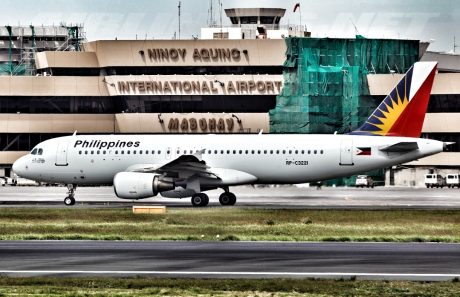
The clamour for the purging of the Aquino name from the Philippines’ premiere international airport persists. This, to be fair, is baffling to an entire generation raised on the notional “heroism” of the late Senator Benigno “Ninoy” Aquino Jr who was murdered on the tarmac of the then-named Manila International Airport in 1983. The trouble with this notion is that it was propagated and embedded in the Filipino psyche not by objective scholars of history but by groups with political agendas — political parties and clans that enjoy lucrative relationships with the Aquinos and Cojuangcos and business interests that profit from these connections.
These groups and the people who lead them now lament how the name of the Ninoy Aquino International Airport (NAIA) had become a sad political issue. What they fail to realise is that it had always been a political issue because, clearly, it was politics that decided on this naming to begin with. Indeed, the airport was renamed the NAIA, replacing its former name “Manila International Airport”, following approval of Republic Act 6639 in 1987 — just a year after Aquino’s widow, the late Cory Aquino, seized power in a coup d’état in 1986 and in the year the current Constitution was enacted to legitimise her government. The quickness of the renaming is seen by many as the handiwork of legislators eager to put themselves within the good graces of what was then a widely-popular political bloc.
Therein lies the issue of the NAIA name. The airport was renamed too quickly at the height of a national euphoria. True enough, like most important life-changing decisions made in the heat of romantic passion, the legacy of this decision has failed to stand the test of time. The NAIA name suffers as a result of the decline in equity of the brand upon which its legitimacy rested — the Yellow brand of the Aquino-Cojuangco clan. Over the 30 years that the Yellowtards — in tandem with the Roman Catholic Church — dominated the Philippine political discourse, the once potent passion surrounding the “martyrdom” of the Aquinos waned and cynicism took over.
The problem with the Yellowtards and the nature of how they ruled the Philippines for 30 years is that the approach they took to sustaining their political potency was to keep the “fire” of revolutionary sentiment burning. They overused the “Laban” (“fight”) rhetoric that was immensely effective in the mid-1980s and wore it down to the blunted and dulled propaganda relic that it is today. Unlike a healthy marriage that evolved into a mature and stable relationship way past the bliss of the wedding and subsequent honeymoon, the Yellowtard mystique succumbed under the weight of a surgically propped up patchwork of cosmetic political alliances and was scarred by various hookups with opportunistic hangers on.
The NAIA name today stands as a quaintly sad legacy of a once-massive now-failed political brand. Filipino balikbayans (returning expats) now all but choke on the words whenever they need to mention their destination airport. It is high time that the airport be renamed back to its original and more sensible name. Perhaps sometime in the future, giving the Manila International Airport the Aquino name may again be considered — this time by more objective scholars of history. For now there are only politicians and the quack “thought leaders” who schmooze with them that push stupid agendas like these.

No comments:
Post a Comment